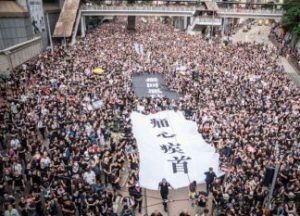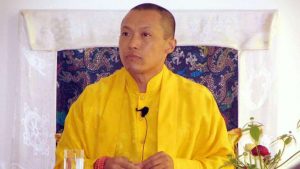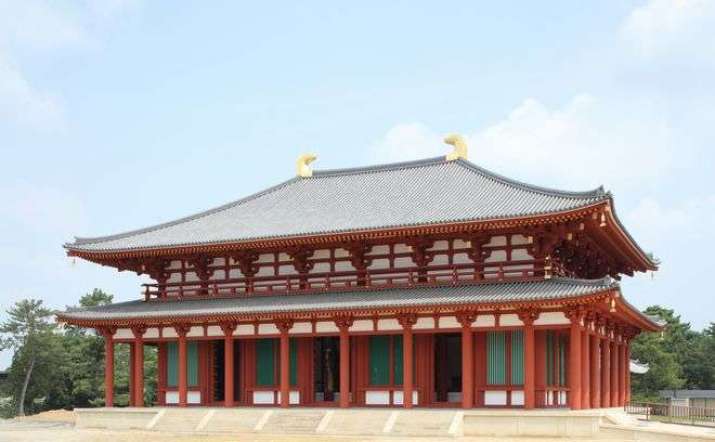
The Central Golden Hall at the historic Buddhist temple Kofuku-ji in the former Japanese capital of Nara, has finally been restored to its former glory 301 years after it was devastated in a fire in 1717. A ceremony to officially celebrate the completion of the restoration was attended by thousands of devotees and well-wishers from 7–11 October.
Established in 669, Kofuku-ji was once one of the Seven Great Temples* in the city of Nara. Originally an important center for Buddhism in Japan, with significant influence over the imperial government, the temple is now the national headquarters of the Hosso, or Yogacara, school of Buddhism in Japan and one of the eight sites in the old capital that make up the Historic Monuments of Ancient Nara** UNESCO World Heritage Site. Nara, now the capital of Nara Prefecture, was the imperial capital of Japan from 710–84.
https://www.youtube.com/embed/Zo7xQxOaOOA
A ceremony to mark the completion of the restoration was attended by thousands of devotees and well-wishers from 7–11 October. From youtube.com
Kofuku-ji was originally constructed in present-day Kyoto, but was later moved to Fujiwara-kyō (the imperial capital from 694–710). In 710, the temple was dismantled for a second time and relocated to its present site. The temple has been damaged and destroyed on numerous occasions by wars and fires, and subsequently rebuilt.
Kofuku-ji head priest Tagawa Shunei, who earlier this month led the elaborate ceremony to commemorate the restoration, referenced the Japanese proverb, “Fall down seven times, get up eight,” to emphasize the hall’s enduring nature: “[The Central Golden Hall at] Kofuku-ji has burned down seven times and been rebuilt eight times,” he said. (The Asahi Shimbun)
The Central Golden Hall, originally one of three Golden Halls including the still extant Eastern Golden Hall, was constructed in 714 but was destroyed and rebuilt seven times over the intervening centuries. The first blaze to engulf the structure took place in 1046, and the hall was rebuilt two years later. Subsequent conflagrations were followed by increasingly longer rebuilding periods of seven, seven, 14, 23, and 20 years, respectively.
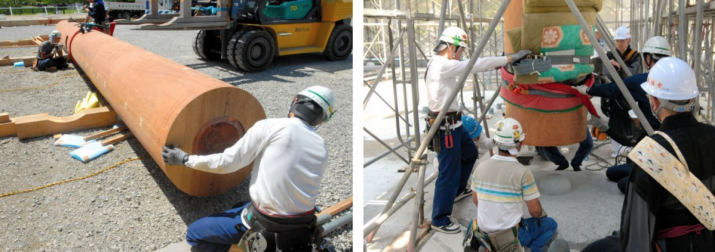
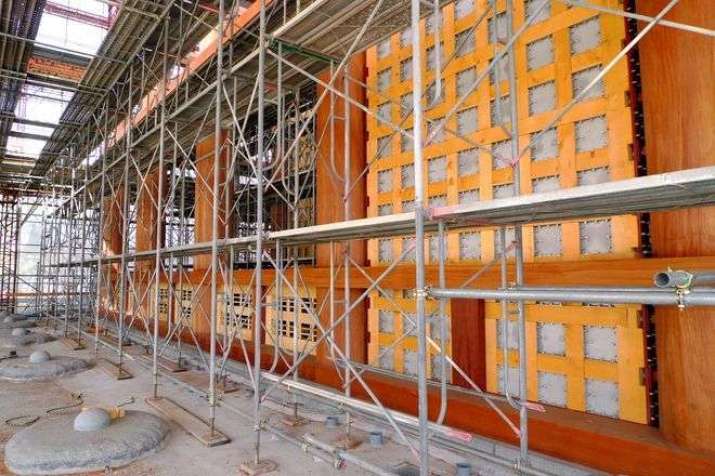
After it was destroyed by the most recent fire in 1717, during the Edo period (1603–1868), a smaller, temporary replacement was built a century later, however the newly restored building is a full-scale reconstruction of the original, measuring 37 meters from east to west, 23 meters from north to south, and 21 meters in height. It has been described as the “newest and last great restoration.” (The Asahi Shimbun)
Although reinforced with modern building techniques to withstand earthquakes, the reconstructed Central Golden Hall faithfully replicates the traditional wooden structure and architecture, requiring whole logs some 10 meters long and 77 centimeters in diameter that took almost 20 years to source. The lumber used includes apa and doussie from Africa for the main pillars, and Canadian hinoki cypress timber for support joists.
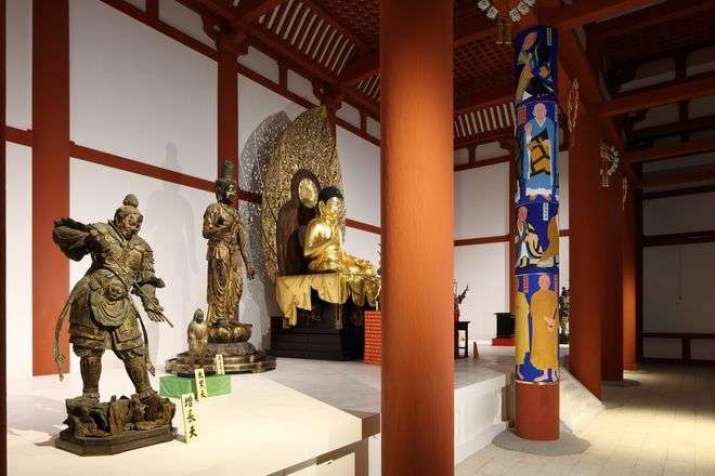
In order to maintain a physical and philosophical connection with the temple’s founding, the Central Golden Hall has always been rebuilt on the original foundation base that was formed according to the culture of the ancient Tenpyo era (729–49).
Enshrined as the main icon within the newly restored hall is a 2.8-meter-high seated statue of Shakyamuni Buddha crafted in 1811. The Buddha image is surrounded by two-meter-high statues of the Four Heavenly Guardian Kings, designated national treasures that are dated to the 13th century, and flanked by 3.6-meter-high images of the bodhisattvas Bhaisajyaraja (Jpn: Yakuo) and Bhaisajyasamudgata (Jpn: Yakujo), produced in 1202.
The restored Central Golden Hall will be opened to the public from 20 October, seven days a week from 9am to 5pm.
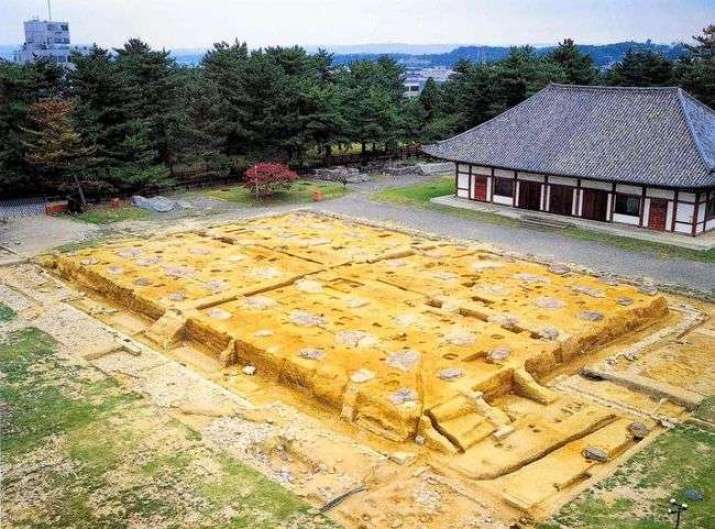
Buddhism and Shinto are the two most widespread religious traditions in Japan, with 79.2 per cent of the population identifying as practicing Shinto and 66.8 per cent identifying as Buddhists, indicating a high level of overlap between the two traditions, although, paradoxically, a majority of Japanese also identify as atheists for a number of cultural reasons. Christians represent 1.5 per cent of the population, while other religions make up a combined 7.1 per cent, according to data for 2017. The most popular schools of Buddhism are Nichiren, Pure Land, Shingon, and Zen.
* The Seven Great Temples of Nanto (Nanto Shichi Daiji—Nanto is a synonym for Nara), is the historical common name for the seven most prestigious Buddhist temples in Nara.
** Five of the eight sites are Buddhist temples, one is a Shinto shrine, one is a palace, and one a primeval forest.
See more
Nara golden hall regains former glory 301 years after lost in fire (The Asahi Shimbun)
Golden hall at Kofukuji temple rises from the ashes for 8th time (The Asahi Shimbun)
The Resurrection Of Ancient Nara – A Visit To Kofukuji Temple (Matcha)










